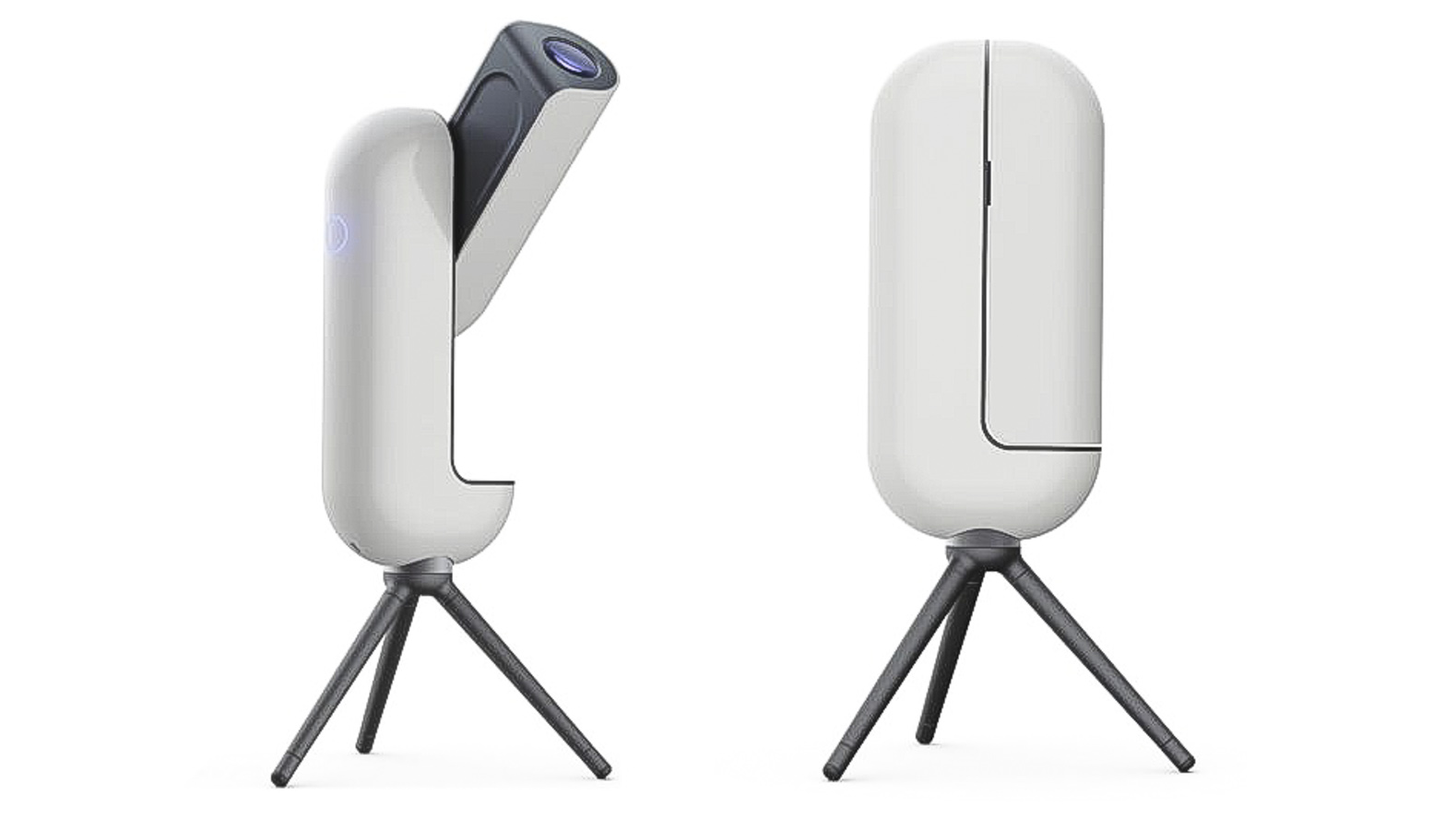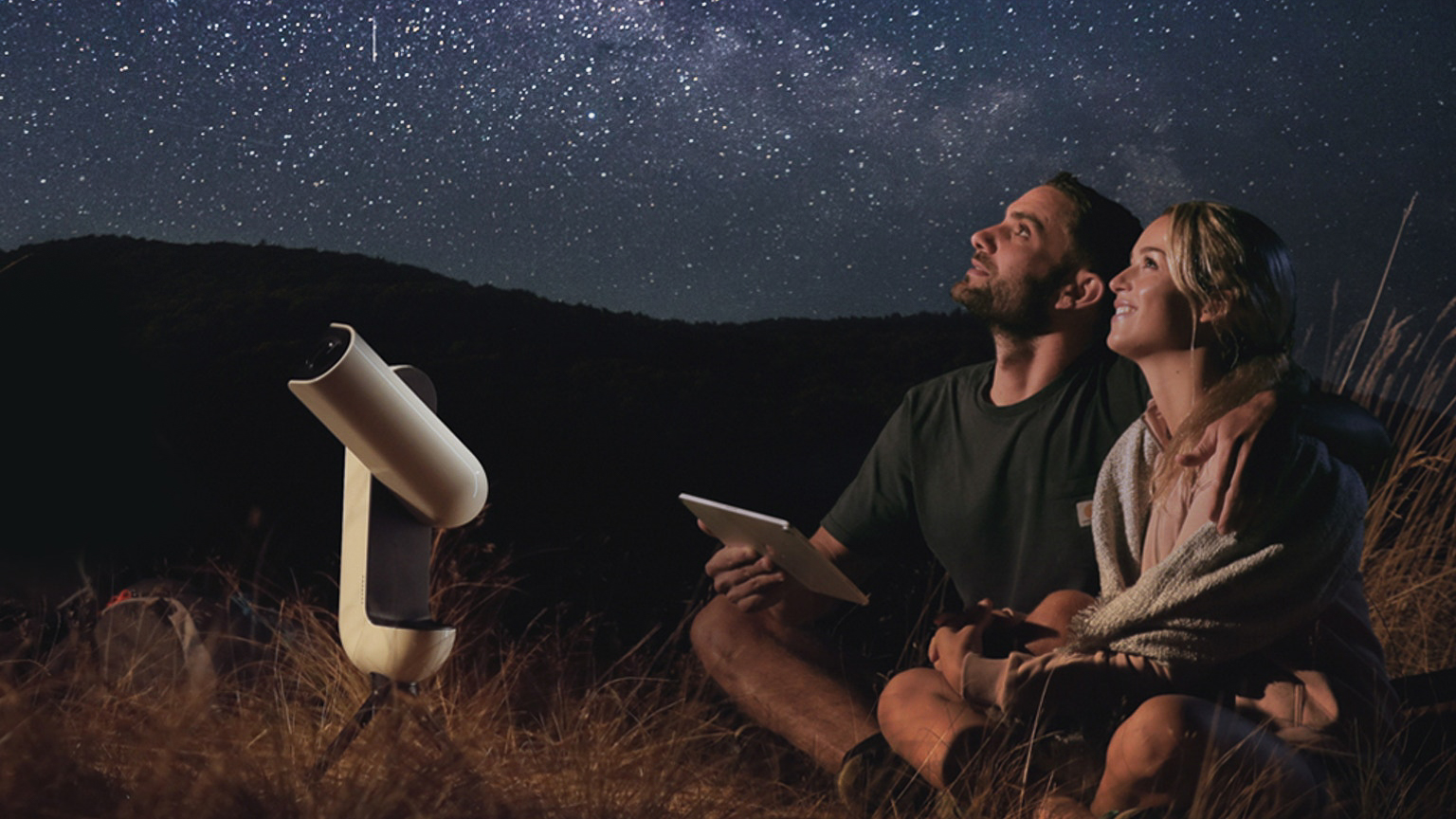Vaonis Vespera telescope promises to reduce cost of space exploration
Eagerly-awaited baby brother of the Vaonis Stellina smart telescope wins Innovation Award at CES 2021

An radical new way of viewing the stars has won an Innovation Award at CES 2021 - the huge tech show that is for the first time being held as a virtual online event. The Vaonis Vespera aims to make astronomy more accessible to people by providing you smart device that works with your smartphone or tablet to guide you to interesting parts of the night sky – and to record images of them.
The Vaonis Vespera is a follow up to the Vaonis Stellina smart telescope that we reviewed back in 2018. The key attraction of the Vespera is that it will be much cheaper, and therefore accessible to more people. Having been launched successfully on Kickstarter, the Vespera will sell for $1,499 when it goes on sale in Spring 2022; the Stellina retails for $3,999.
• See Best telescopes in 2021

There are some big changes that have allowed the drastic price cut. The Vespera is smaller and lighter - weighing in at 5kg, which is half the weight of the Stellina. But what you sacrifice a smaller focal length and aperture - which are 200mm and 50mm respecitvely (compared to 400mm and 80mm with the existing model).
Most crucially, the new baby of the range will have a smaller Sony sensor which offers a resolution of just 2 megapixels - a 66% reduction on that achievable with the original. A Stellina vs Vespera comparison is available on the Vaonis website.
The attraction of the device, however, remains that you can pick from a selection of celestial destinations from the app – and then the smart telescope will move to that position in the sky, and then show you images on your phone or tablet. That creates an amazing way of introducing astronomy and deep space observation to people.
Read more
Vaonis Stellina smart telescope review
The best telescopes in 2021
The best camera for astrophotography
The best CCD cameras for astrophotography
The best lenses for astrophotography
The best light pollution filters for astrophotography
Get the Digital Camera World Newsletter
The best camera deals, reviews, product advice, and unmissable photography news, direct to your inbox!
Chris George has worked on Digital Camera World since its launch in 2017. He has been writing about photography, mobile phones, video making and technology for over 30 years – and has edited numerous magazines including PhotoPlus, N-Photo, Digital Camera, Video Camera, and Professional Photography.
His first serious camera was the iconic Olympus OM10, with which he won the title of Young Photographer of the Year - long before the advent of autofocus and memory cards. Today he uses a Nikon D800, a Fujifilm X-T1, a Sony A7, and his iPhone 15 Pro Max.
He has written about technology for countless publications and websites including The Sunday Times Magazine, The Daily Telegraph, Dorling Kindersley, What Cellphone, T3 and Techradar.

